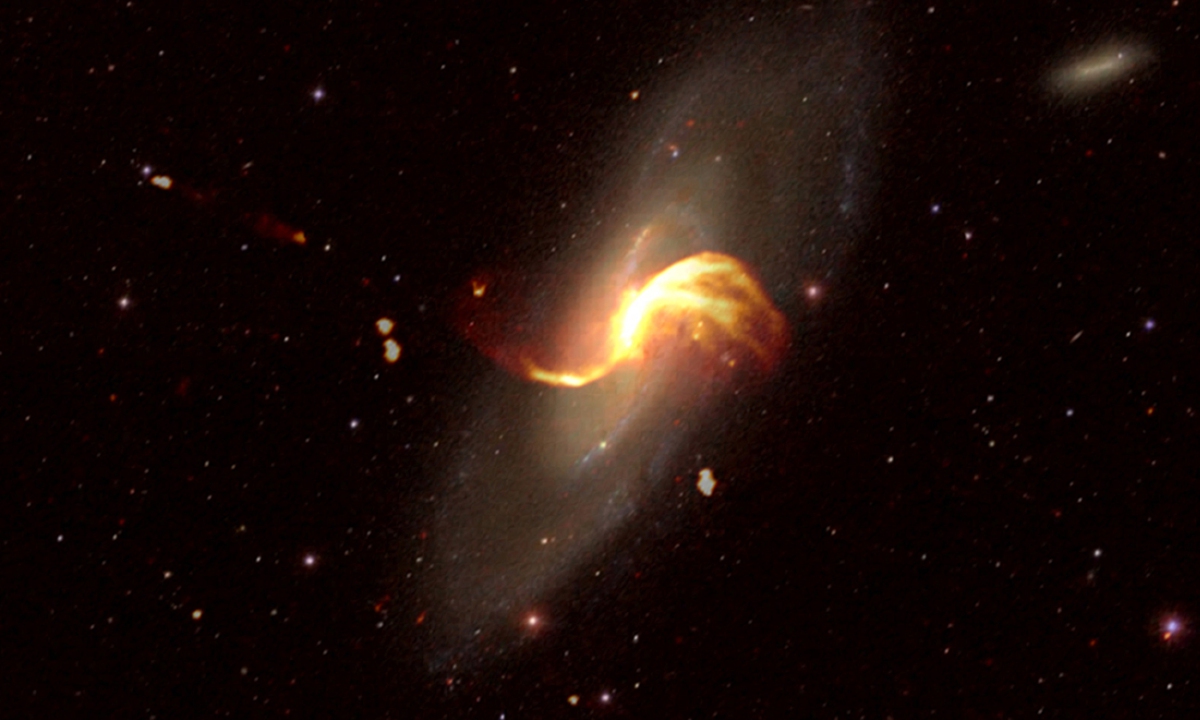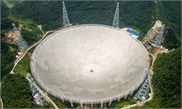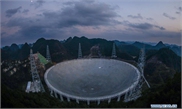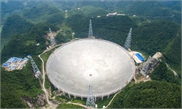The images capture drama billions of years ago in the early Universe - glinting galaxies, glowing with stars that have exploded into supernovas and blazing jets fired from black holes.

Using techniques that correspond to a very long exposure and with a field of view about 300 times the size of the full moon, scientists were able to make out galaxies like the Milky Way deep in the ancient Universe.
"The light from these galaxies has been traveling for billions of years to reach the Earth; this means that we see the galaxies as they were billions of years ago, back when they were forming most of their stars," said Philip Best, of Britain's University of Edinburgh, who led the telescope's deep survey in a press release.
The LOFAR telescope combines signals from a huge network of more than 70,000 individual antennas in countries from Ireland to Poland, linked by a high-speed fiber optic network. They are able to observe very faint and low energy light, invisible to the human eye, which is created by ultra energetic particles traveling close to the speed of light.

An optical image of the M106 galaxy stacked on an image of the galaxy's emissions of material (in orange) taken with the Low-Frequency Array (LOFAR) radio telescope, on February 19, 2019. Photo: AFP
Europe's giant LOFAR radio telescope has detected stars being born in tens of thousands of distant galaxies with unprecedented precision, in a series of studies published Wednesday.Using techniques that correspond to a very long exposure and with a field of view about 300 times the size of the full moon, scientists were able to make out galaxies like the Milky Way deep in the ancient Universe.
"The light from these galaxies has been traveling for billions of years to reach the Earth; this means that we see the galaxies as they were billions of years ago, back when they were forming most of their stars," said Philip Best, of Britain's University of Edinburgh, who led the telescope's deep survey in a press release.
The LOFAR telescope combines signals from a huge network of more than 70,000 individual antennas in countries from Ireland to Poland, linked by a high-speed fiber optic network. They are able to observe very faint and low energy light, invisible to the human eye, which is created by ultra energetic particles traveling close to the speed of light.





